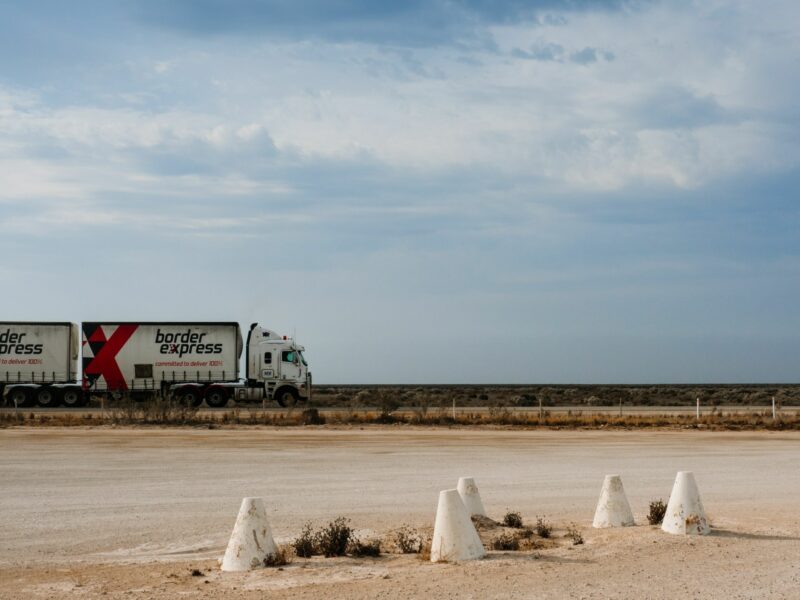Decarbonisation of Australia’s energy system: Integrated modeling of the transformation of electricity, transportation, and industrial sectors
Authors
Tina Aboumahboub, Robert Brecha, Himalaya Shrestha, Ursula Fuentes, Andreas Geiges, Bill Hare, Michiel Schaefer, Lara Welder, Matthew Gidden

To achieve the Paris Agreement’s long-term temperature goal, current energy systems must be transformed. Australia represents an interesting case for energy system transformation modeling: with a power system dominated by fossil fuels and, specifically, with a heavy coal component, there is at the same time a vast potential for expansion and use of renewables.
We used the multi-sectoral Australian Energy Modeling System (AUSeMOSYS) to perform an integrated analysis of implications for the electricity, transport, and selected industry sectors to the mid-century. The state-level resolution allows representation of regional discrepancies in renewable supply and the quantification of inter-regional grid extensions necessary for the physical integration of variable renewables.
We investigated the impacts of different CO2 budgets and selected key factors on energy system transformation.
Results indicate that coal-fired generation has to be phased out completely by 2030 and a fully renewable electricity supply achieved in the 2030s according to the cost-optimal pathway implied by the 1.5 °C Paris Agreement-compatible carbon budget. Wind and solar PV can play a dominant role in decarbonizing Australia’s energy system with continuous growth of demand due to the strong electrification of linked energy sectors.











